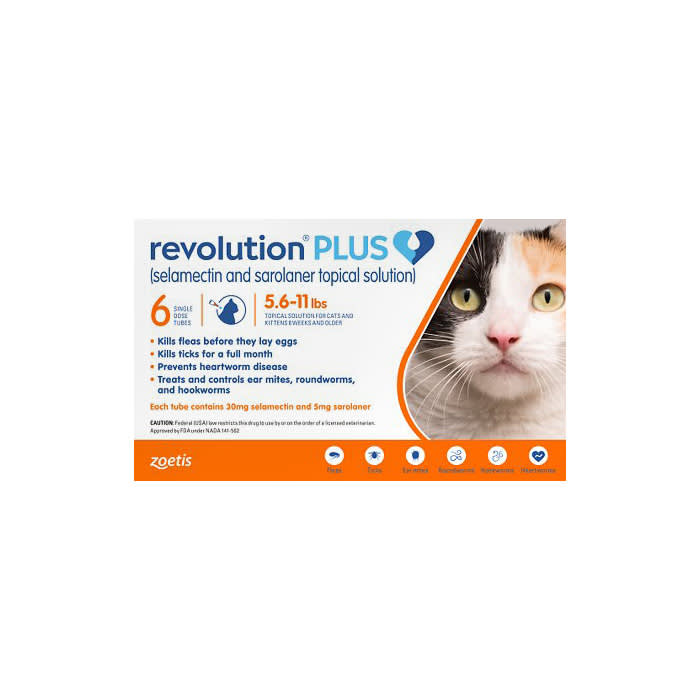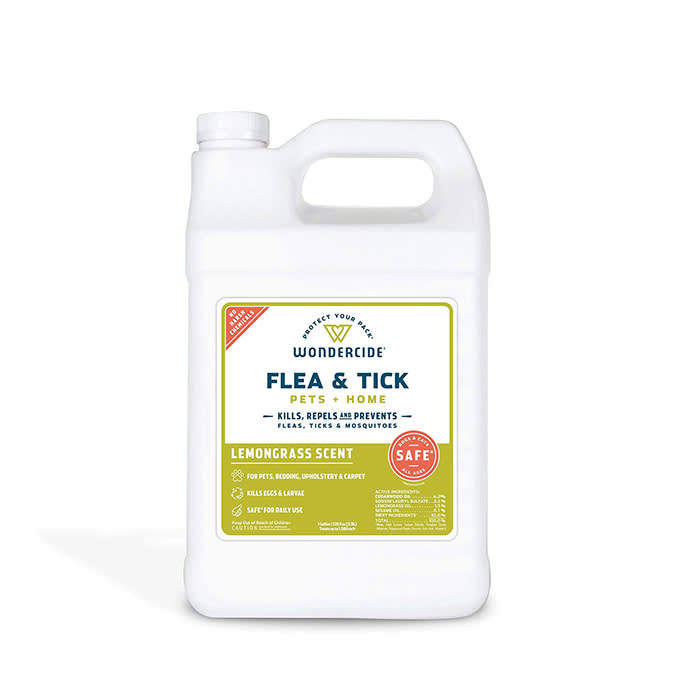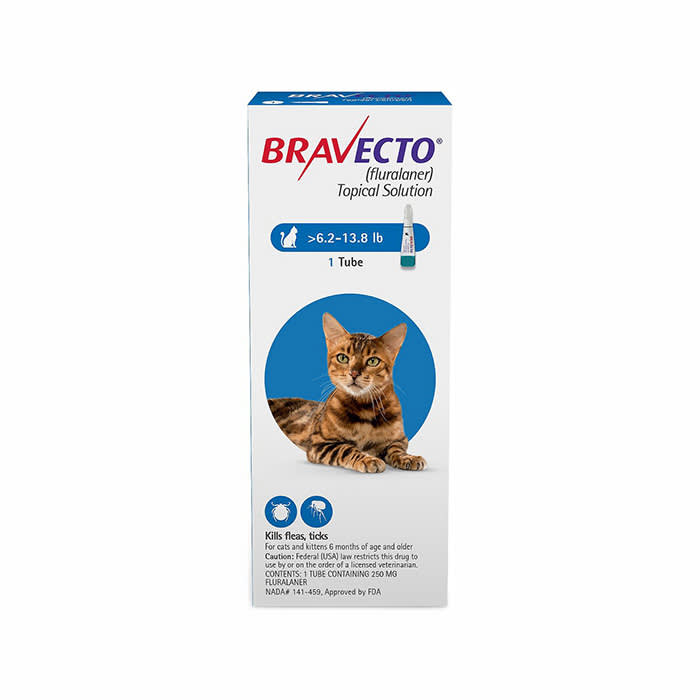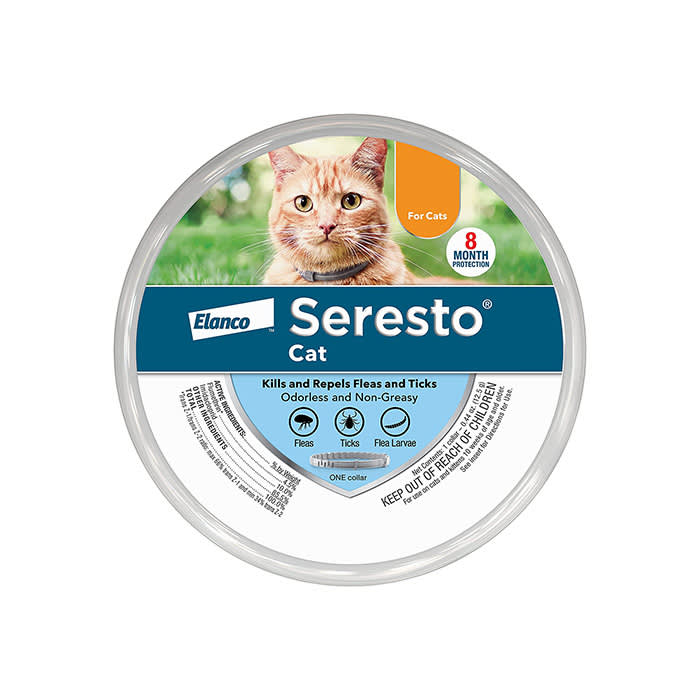Flea and Tick Preventatives and Treatments For Cats
From collars to topicals to chews, here are the flea and tick preventatives we’re giving our cats this summer
Whether you’re a seasoned pet parent or an animal novice, there’s a solid chance you’ve thought through the possible inconveniences that pet parenthood could cause – a huge one being the spread, removal and prevention of fleas and ticks. While most indoor cats tend to be safe from these nuisances (provided that they live in a single pet household or all fellow cat residents are indoor), there’s a huge margin of error when it comes to calculating which pets require preventatives and how often to give them in order to ward off these pests.
That’s why we’ve taken it up with the experts to break down what kinds of flea and tick preventatives you should be using, how often and where to get them. Below, vet and Kinship Collective member Dr John Iovino, and Veterinary Genetics and Technology Manager at Wisdom Panelopens in new tab Dr Annette Louviere, give us the inside scoop on the longevity and safety of the best flea and tick preventatives to use this summer (and year round).
Why giving your cat flea and tick preventatives is important
While chasing your cat around to apply a topical flea treatment to the tiny patch of skin on their back that their tongue can’t access isn’t anyone’s favourite pastime, it’s essential for your cat’s health. Though you’ll only need to carefully weigh your options for preventatives if you have an outdoor cat, foster rescues, or have a dog, many cat parents may not be aware of the risk they’re running by not preemptively giving their cat flea and tick medication – it just might be the thing that prevents hefty exterminator and vet bills.
As Dr Iovino puts it, “I think of a flea as a roach or an ant or anything that would infest your house. They just jump on these animals to feed and then they’re right back off again, so the way that the products work is that they can run as a treatment.” So, if you don’t want to give any members of your household who were sceptical about pet parenthood the opportunity to gripe, it’s best to get ahead of the curve.
Furthermore, starting your cat on a flea and tick preventative can help rule out other health issues and allergies. “I think it’s just really nice to know that if your pet is scratching and you’re on a flea and tick product, at least you know it might not be from fleas,” says Dr Iovino. “That’s helpful to further investigate other issues by knocking fleas off the table.” Not only is it frustrating to have a household infestation, but it can also be detrimental to your cat’s health. For example, heartworm can be transmitted to cats through mosquitos. Many cats and dogs are allergic to fleas, so they can develop serious skin irritation. Plus, fleas carry diseases that are harmful for both cats and dogs. Especially during the summer, it’s important to protect your pet from diseases these pests can carry.
Why the right flea and tick preventative is essential
When it comes to flea and tick preventatives, one size does not fit all. In fact, all those products with cute labels of dogs and cats living together in harmony are not indicators that the product can be used on both cats and dogs. Dr Iovino clarifies: “It’s really important with cats to use what’s for cats, because there are some dog products that will definitely mess a cat up. You want to check your over-the-counter labels, check the directions, and check the age at which they can be used before applying the products.” Some common ingredients that are included in flea and tick prophylactics for dogs, like permethrin and organophosphates, are highly toxic to cats, as they cannot metabolise these ingredients, and should be avoided at all costs.
The best types of flea and tick preventatives
Though lifestyle, allergies and personal preferences may dictate which preventatives cat parents opt for, we’ve asked the experts what a good jumping off point is. While Dr Iovino encourages a trip to the vet to rule out any allergies, “especially if you can just get an exam done”, rest assured that something you buy over the counter can easily do the trick. “The over-the-counter products have stood the test of time at this point, so the likelihood of everything going fine is really really high.” The best place to start? Dr Iovino advises: “The approach should be are you able to get to a vet? And then, are you looking for a collar versus a topical?”
Once you’ve answered these questions for yourself, you can begin to parse through the options available to you. Another thing to keep in mind: according to Dr Iovino, though there are some “superior cat products available by prescription right now”, many prescription products “convert to over-the-counter products later”. This means there are plenty of equally excellent options on the market.
Best flea and tick preventatives
Btw, our editors (and their pets) picked out these products. They’re always in stock at the time we publish, but there’s a chance they’ll sell out. If you do buy through our links, we may earn a commission. (We’ve got a lot of toys to buy over here, you know?)













